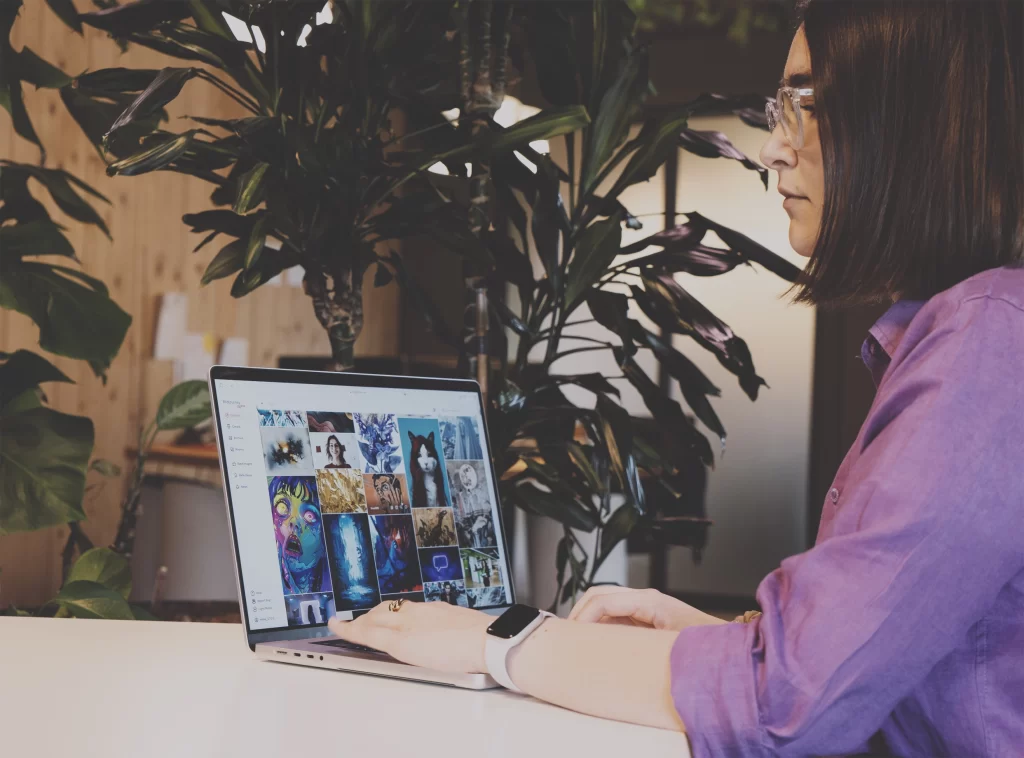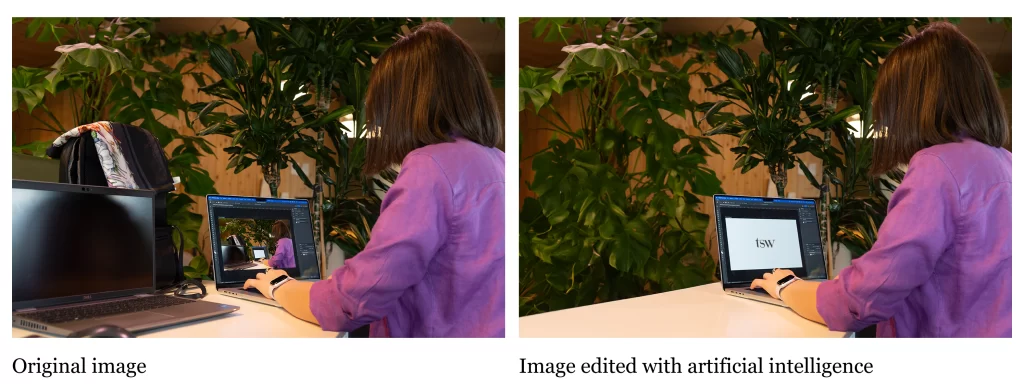In the interaction between creativity and artificial intelligence, people’s experiences remain at the center of creative and work processes.

In the digital age we live in, artificial intelligence (AI) has become a tangible reality, permeating every sector of our daily lives. In this ever-changing scenario, crucial questions emerge: will Artificial Intelligence (AI) influence our creative process? How can we ensure that AI not only enhances, but truly enriches our design process? How can we keep human value and empathy at the center of technological innovation?
The Essence of TSW: putting people at the center
For TSW, the heart of every project, every innovation, is people. Listening to them, understanding their needs, anticipating their desires: this is what drives every step of our creative journey. As we embrace AI and all its potential, we always do so with the goal of improving people’s lives, of making their relationship with technology more harmonious and satisfying.
The idea that AI can replace human creativity is a myth that needs to be debunked. On the contrary, the relationship between creativity and artificial intelligence is increasingly symbiotic, with both elements enhancing each other. In this context, TSW’s approach is to put people at the center, listening to their needs to create better experiences for users.
AI as a brainstorming partner
Artificial intelligence can be seen as a brainstorming companion within creative processes. Its data processing and analysis capabilities can act as a catalyst for human imagination. Using advanced algorithms and predictive models, AI can come up with innovative suggestions, trigger creative associations, and provide valuable input that fuels human creativity.
It is like having a virtual collaborator who contributes with new perspectives and original ideas, enriching the pool of ideas and stimulating lateral thinking.
AI does not replace human work
While AI can support us in the process of generating ideas, it is our human touch, our sensitivity and our understanding of the context that gives authenticity and meaning to the proposed solutions. It is through this synergistic collaboration that the most creative and innovative solutions emerge, the result of the encounter between artificial intelligence and human intelligence.
It is crucial to understand that artificial intelligence cannot completely replace human work, especially when it comes to creativity and innovation. Creativity is an inherently human skill, which is based on experience, emotion and intuition. While AI can support the creative process by providing input and suggestions, it is the human genius that brings the idea and its potential forward.
The art of prompts: driving Artificial Intelligence toward meaningful results
In the vast landscape of Artificial Intelligence (AI), there is one crucial element that is often underestimated but plays a key role in determining the success or failure of a project: prompts. These brief instructions, like a sailor’s compass, guide the AI through the vast ocean of data and information, determining the path it will follow and the goals it will try to achieve.
Prompts are the bridge between human ingenuity and the computational power of AI, and their proper formulation is critical to maximizing the potential of this technology. With a high focus on synthesis and formulation, we can guide AI to new frontiers of knowledge, creativity, and innovation, paving the way for a future in which AI truly becomes a valuable ally.

AI platforms as creative social networks
Finally, artificial intelligence platforms can be conceived as true creative social networks, where users can share ideas, collaborate and build on what has been created by others. This collective approach to creativity fosters innovation and diversity of perspectives, creating a dynamic ecosystem in which AI acts as a facilitator and curator.
In conclusion, the relationship between creativity and AI is fertile ground for innovation. At TSW we always focus on innovation and try to include this new tool in many projects: we use AI as an ally in our mission to create better experiences for people.